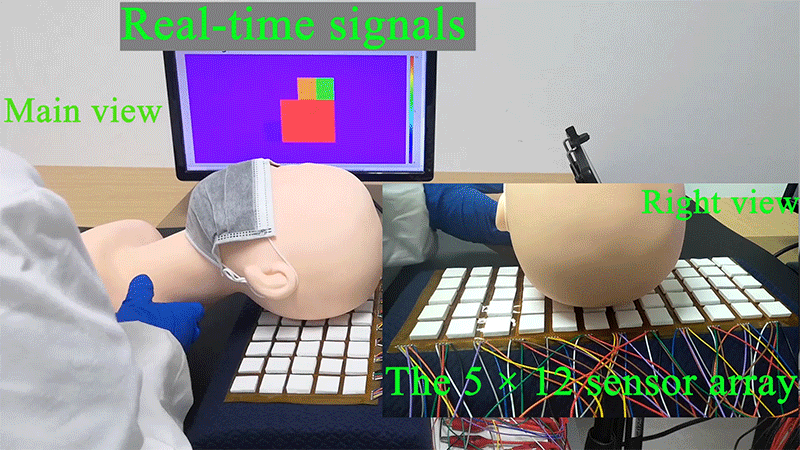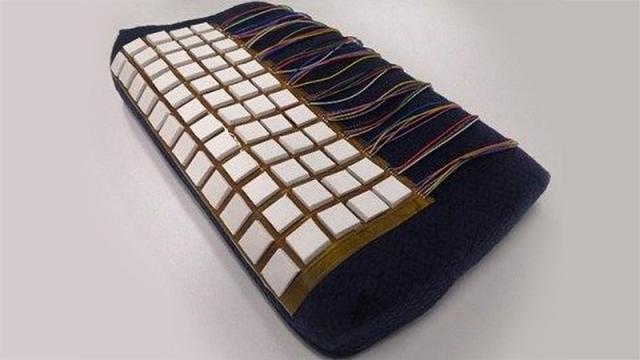How your body performs when your head hits the pillow can have just as much of an effect on your health as regular exercise routines. Smartwatches and fitness trackers can be leveraged to track sleep quality, but researchers from China have developed a more comfortable device for tracking sleep metrics: a smart pillow that doesn’t need batteries or access to an outlet.
Bedtime is when most of us want to completely disconnect from the world, dropping our various devices onto their chargers and ignoring them for the night. But sleep-tracking wearables only work when they’re actually worn overnight, which makes it hard to disconnect.
Alternative solutions include hands-off devices like the latest generation Google Nest Hub, which leverages sonar to track a sleeper’s movements from afar throughout the night. But the Nest Hub doesn’t provide as in-depth an analysis of your sleep as a wearable can. At the other end of the spectrum is visiting a sleep lab, where patients are wired up with sensors stuck all over the bodies. It’s not only uncomfortable, but these visits are usually one-off appointments and don’t provide details about sleep quality over a longer term period.

In a paper recently published in ACS Applied Materials & Interfaces, a team of Chinese researchers detail how they transformed a pillow, the one thing most of us consistently sleep with, into a comfortable(ish) sleep tracking device that doesn’t require a clunky battery or even a tethered power source. The pillow instead relies on a technology called triboelectric nanogenerators (TENGs), which can convert movements and friction into useable energy. The triboelectric approach relies on materials that gain an electrical charge when separated from other materials they were physically touching. Rubbing your feet across a carpeted floor and generating a spark when you touch a door knob? That’s a simplified example of triboelectric charging.
In this case, the researchers topped a standard pillow with several layers of a custom formulated porous polymer triboelectric material paired with electrodes that generate a current when pressure is applied to the materials from the weight of a sleeper’s head. To be able to specifically track the location and movements of a sleeper’s head over time, a strong indicator of how frequently they toss and turn or are affected by unsettling dreams, the researchers created a grid of these triboelectric generators across the pillow’s surface. By crunching the data coming from each of those individual generators, including the amount of pressure that was applied to them, the researchers can even extrapolate the direction a sleeper’s head was pointing during the night, indicating when they rolled over.
Besides tracking sleep quality, the pillow could also be used to monitor those dealing with disorders that affect their ability to move their heads, and track the progression of the condition over time. Even a sudden lack of pressure on the array of generators could be used as a warning that the sleeper has gotten out of bed in the middle of the night, alerting caregivers about someone potentially sleepwalking, or even a child rolling out of bed and ending up on the floor. But call us when someone has figured out a way to leverage long naps as a way to charge our phones.
